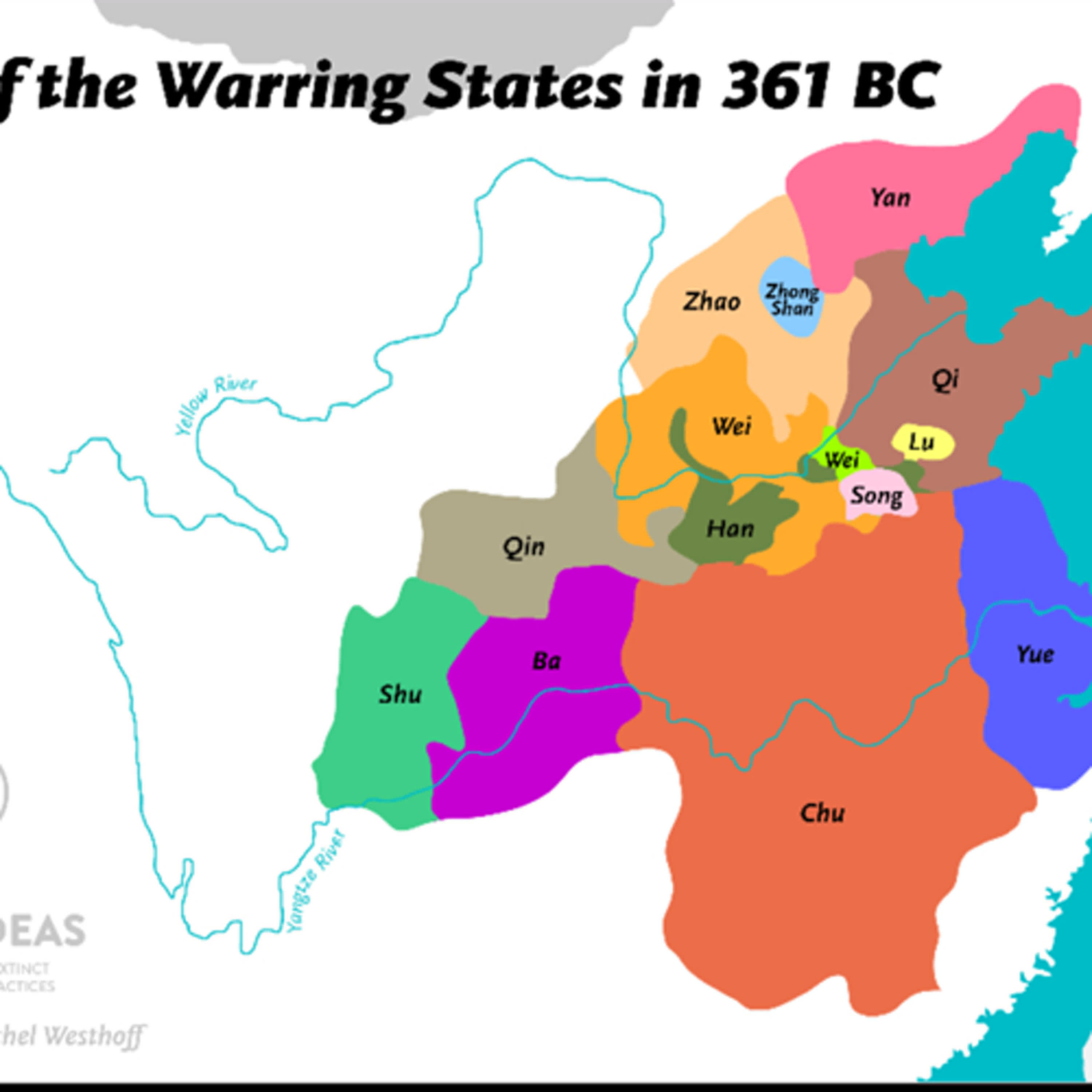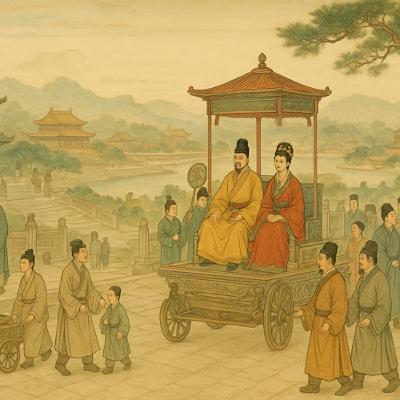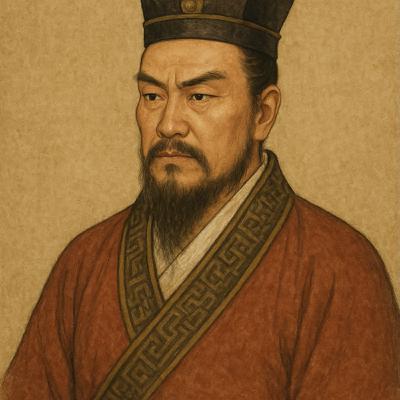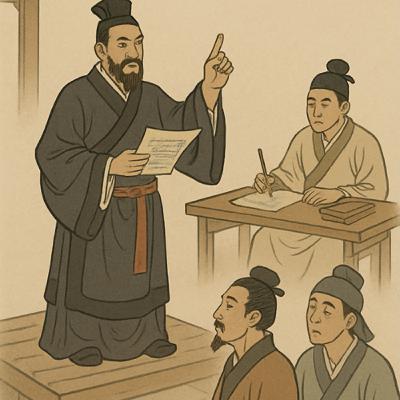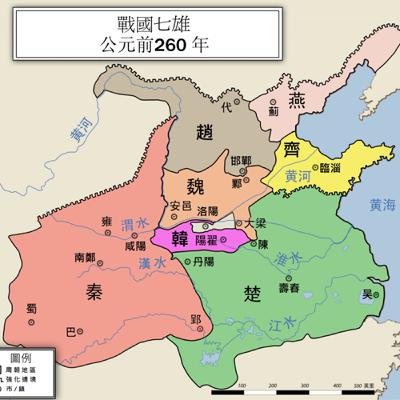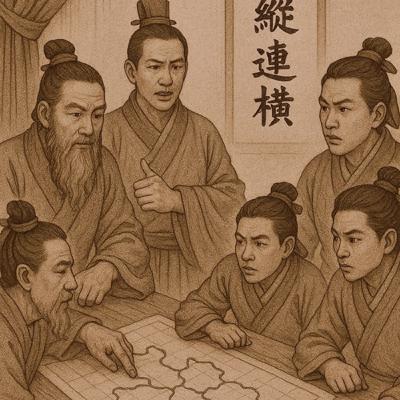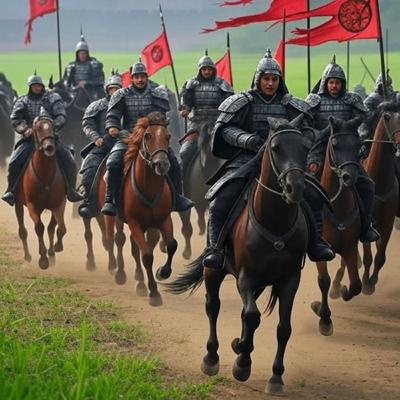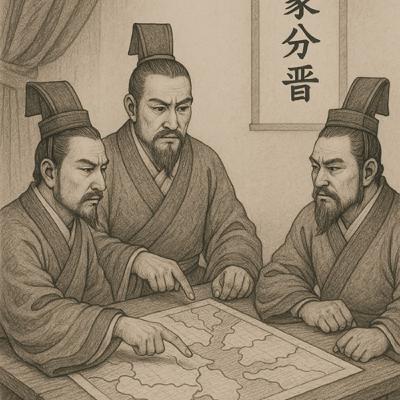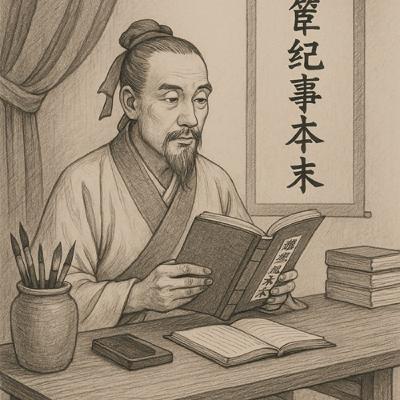The Art of War and The Art of the Deal
Description
Military Strategies: Warring States Era and Modern Applications
Introduction
This analysis examines strategic warfare principles from China's Warring States period (5th-3rd centuries BCE) and their relevance to contemporary geopolitical situations. Using two historical battles as case studies, we explore how ancient military wisdom applies to modern diplomatic and economic conflicts.
Historical Case Studies
The Battle of Guiling (352 BCE)
Background: The state of Wei attacked Zhao, besieging its capital Handan. Zhao requested military assistance from Qi.
Strategic Innovation: Instead of directly reinforcing Zhao's besieged capital, Qi's general Tian Ji and strategist Sun Bin implemented the "Wei救趙" (Surround Wei to Save Zhao) strategy. They attacked Wei's capital while Wei's army was engaged elsewhere.
Key Tactical Elements:
- Distance Analysis: Wei's capital was 350-400 kilometers from Handan, requiring 16 days of march
- Psychological Warfare: Forced Wei to choose between continuing their siege or defending their homeland
- Political Calculation: Avoided the shame of requiring foreign assistance while maximizing strategic advantage
Outcome: Wei's army rushed back to defend their capital, lifting the siege of Handan. Qi achieved victory without direct confrontation.
The Battle of Maling (342 BCE)
Background: Ten years later, Wei attacked Han. Qi again employed indirect tactics but with enhanced deception strategies.
Strategic Evolution: Sun Bin implemented "减灶" (Reducing Cooking Fires) - a deception tactic where Qi's army progressively reduced their campfires to simulate desertion and declining troop numbers.
Tactical Progression:
- Day 1: 100,000 cooking fires
- Day 2: 50,000 cooking fires
- Day 3: 30,000 cooking fires
Psychological Impact: Wei's general Pang Juan became overconfident, believing Qi's forces were deserting. This led to tactical errors and ultimately, Wei's devastating defeat.
Modern Applications: Trump Administration Strategy
Contemporary Parallels
The analysis suggests that former President Trump's policies toward China demonstrate similar strategic principles:
"Surround Wei to Save Zhao" Strategy
Application: Rather than directly confronting Iran-Israel conflicts, the Trump administration imposed tariffs on China, forcing Chinese leadership to focus on domestic economic challenges rather than supporting regional proxies.
Strategic Logic: By creating economic pressure on China, the administration indirectly reduced Chinese capacity to support Iranian activities in the Middle East.
Deception and Misdirection Tactics
Multi-layered Objectives: The analysis suggests Trump's trade policies had several hidden layers:
- Surface Level: Tariff revenue generation
- Economic Layer: Forcing American manufacturing reshoring
- Monetary Layer: Strengthening Federal Reserve currency control
- Systemic Layer: Reshaping global economic order
Testing Weaknesses: The administration used various policy announcements to probe Chinese responses and identify pressure points, similar to ancient battlefield reconnaissance.
Strategic Principles Identified
Core Concepts from Sun Tzu's Art of War
- Indirect Approach: Attack where the enemy is unprepared
- Deception: "All warfare is based on deception"
- Economic Warfare: Modern conflicts often center on trade and currency rather than military force
- Psychological Operations: Creating uncertainty to paralyze opponent decision-making
Modern Adaptations
- Economic Leverage: Using trade relationships as strategic weapons
- Information Warfare: Controlling narratives and expectations
- Alliance Management: Coordinating with partners without direct confrontation
- Graduated Response: Escalating pressure systematically
Conclusion
The enduring relevance of Warring States military philosophy demonstrates how strategic thinking transcends historical periods. Whether in ancient Chinese battlefields or modern trade negotiations, the fundamental principles of indirect action, deception, and psychological warfare remain effective tools for achieving political objectives while minimizing direct confrontation costs.
The key insight is that successful strategy often involves forcing opponents to react to your initiatives rather than responding to theirs, creating advantageous conditions through careful manipulation of circumstances rather than direct force application.
#the Art of War#the Art of the Deal#ancient Chinese military strategy#current US applications#MAGA#US-China trade war
Join as a free member to stay updated with the latest information: https://open.firstory.me/join/ckeiik73n1k6i08391xamn9ho
Make a small donation to support this program: https://open.firstory.me/user/ckeiik73n1k6i08391xamn9ho
Leave a comment to tell me your thoughts on this episode: Comment link
Powered by Firstory Hosting

